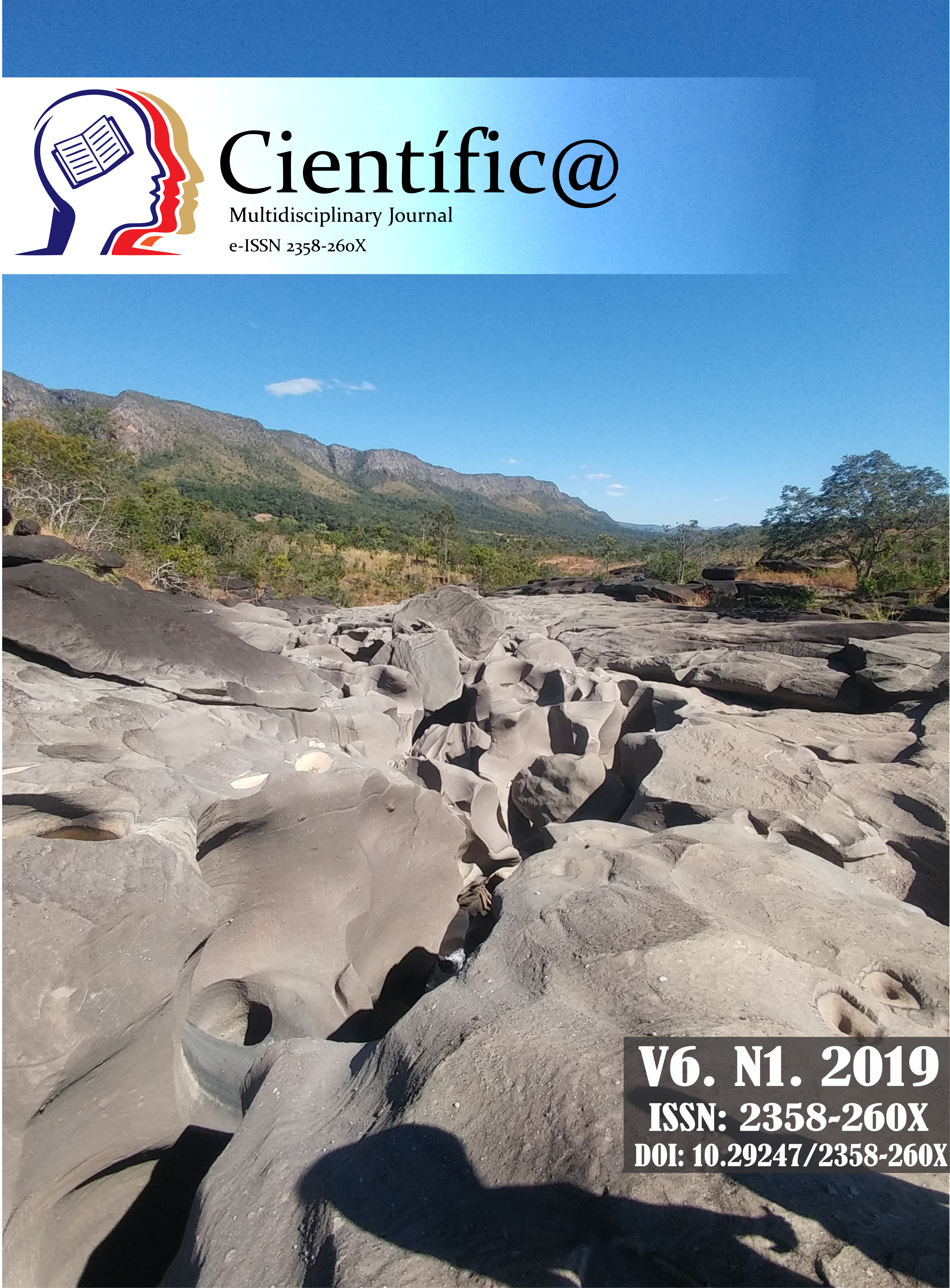Eficiência de uma estação de tratamento de esgoto na eliminação da contaminação fecal
DOI:
https://doi.org/10.29247/2358-260X.2019v6i1.p49-54Resumo
Os esgotos provenientes dos diversos usos da água tais como as de uso domésticos e industriais, além de um elevado teor de matéria orgânica podem conter em sua composição substâncias químicas, tóxicas e microrganismos patogênicos. O presente estudo foi desenvolvido na Estação de Tratamento de Esgoto (ETE) do município de Santa Helena de Goiás – Goiás e teve como objetivo avaliar a eficiência do processo de tratamento de esgoto na eliminação da contaminação microbiana de origem fecal quanto ao nível de coliformes termotolerantes. Foram coletadas amostras nos meses de março, abril, maio e junho que correspondiam, respectivamente, ao período de chuva e de seca. As amostras coletadas na chegada do esgoto bruto, no emissário final, manancial receptor sendo na jusante e montante foram acondicionadas a 4ºC até o momento da análise; foi utilizada a técnica do Número Mais Provável (NMP) ou dos tubos múltiplos. Constatou-se que a ETE atingiu um índice de eficiência significativo na eliminação de coliformes fecais, sendo que, no período de chuva houve uma redução de 99,8% e no período da seca uma redução de 99,7% na contaminação fecal após o tratamento do esgoto.
Downloads
Publicado
Como Citar
Edição
Seção
Licença
Esta revista oferece acesso livre imediato ao seu conteúdo, seguindo o princípio de que disponibilizar gratuitamente o conhecimento científico ao público proporciona maior democratização mundial do conhecimento.
A partir da publicação realizada na revista os autores possuem copyright e direitos de publicação de seus artigos sem restrições.
A Revista Científic@ - Multidisciplinary Journal segue os preceitos legais da licença Creative Commons - Atribuição-NãoComercial 4.0 Internacional. 

